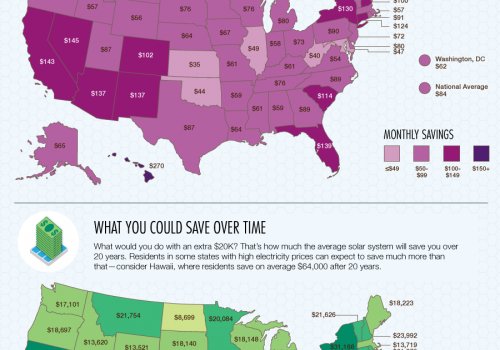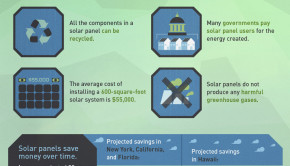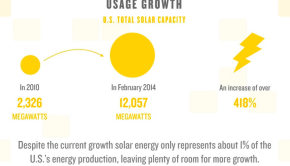How Much Solar Costs & How Much You Could Save On Electricity In Your State (Infographic)
February 17th, 2012 by Zachary Shahan
How much could you save by going solar? How much would it cost to install a solar system? What’s your estimated return on investment (ROI)? This infographic below — made by One Block Off the Grid (1BOG)* — regarding how much solar costs has all the answers, and a few more. Well, they are generalized answers, based on the state you live in, but that’s as good as it gets beyond contacting a solar company and getting a quote.
Regarding this infographic, Dave Llorens, 1BOG’s CEO, wrote to me: “I think this is the infographic I’m most proud of so far.” (They make quite a few.) I think I’d agree with him. And, in general, it’s one of my favorite infographics on any topic. ![]() Check her out (click on the image for a larger version):
Check her out (click on the image for a larger version):
So, perhaps the question isn’t how much solar costs, but how much solar saves you!
*Full disclosure: 1BOG and CleanTechnica have a financial partnership. CleanTechnica does get a cut of the revenue earned from leads through the solar ads on this site. So, if you want to support CleanTechnica while going solar, you know how to do so! (It doesn’t effect the price of your solar system in any way.)
Keep up to date with all the hottest cleantech news by subscribing to our (free) cleantech newsletter, or keep an eye on sector-specific news by getting our (also free) solar energy newsletter, electric vehicle newsletter, or wind energy newsletter.



























Pingback: 9 Suprising Things about People Who Go Solar (Infographic) - CleanTechnica